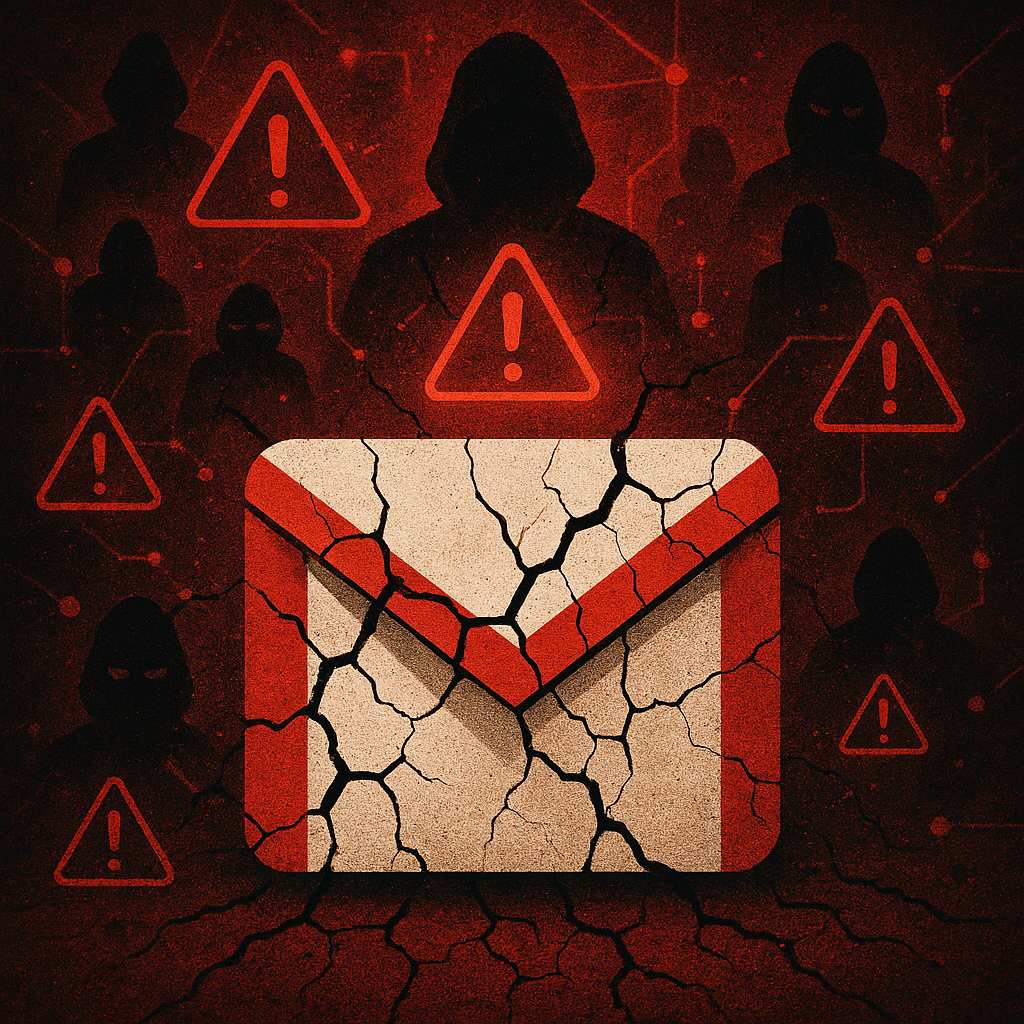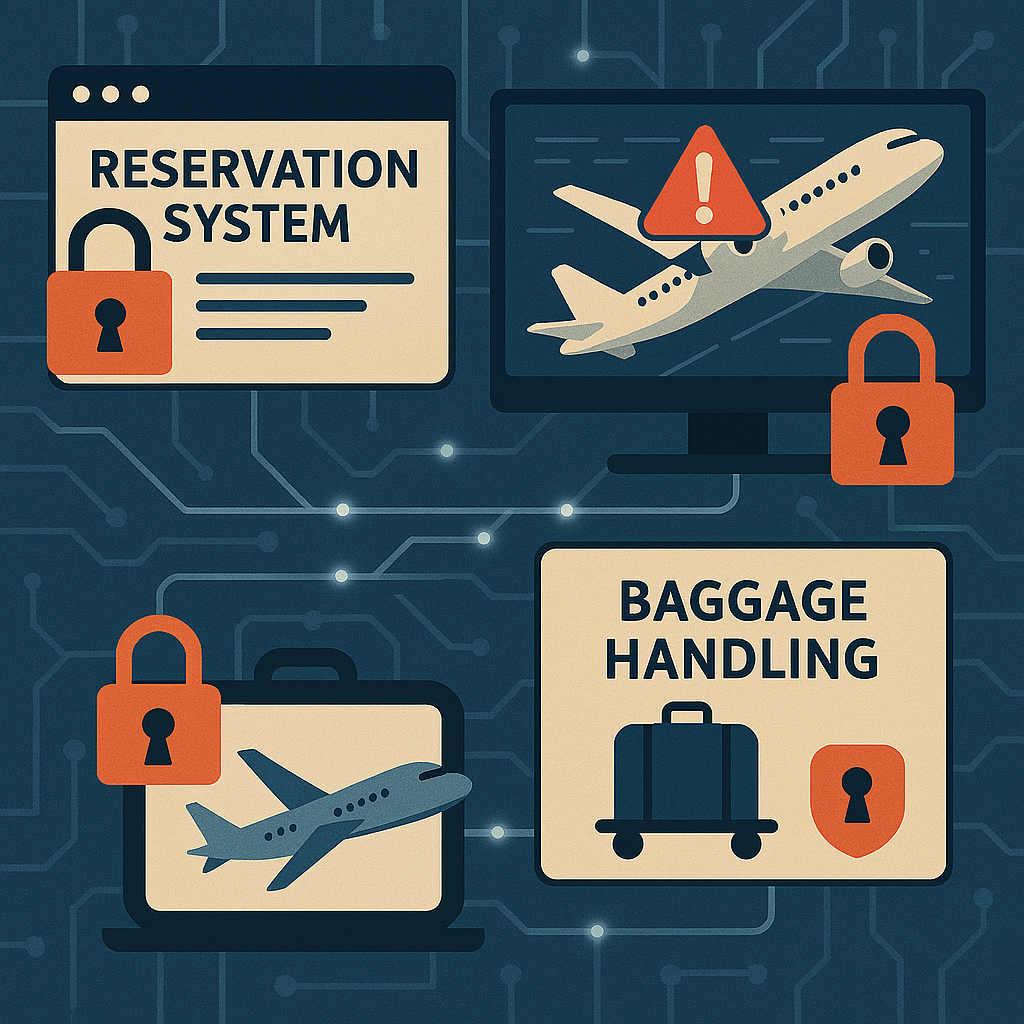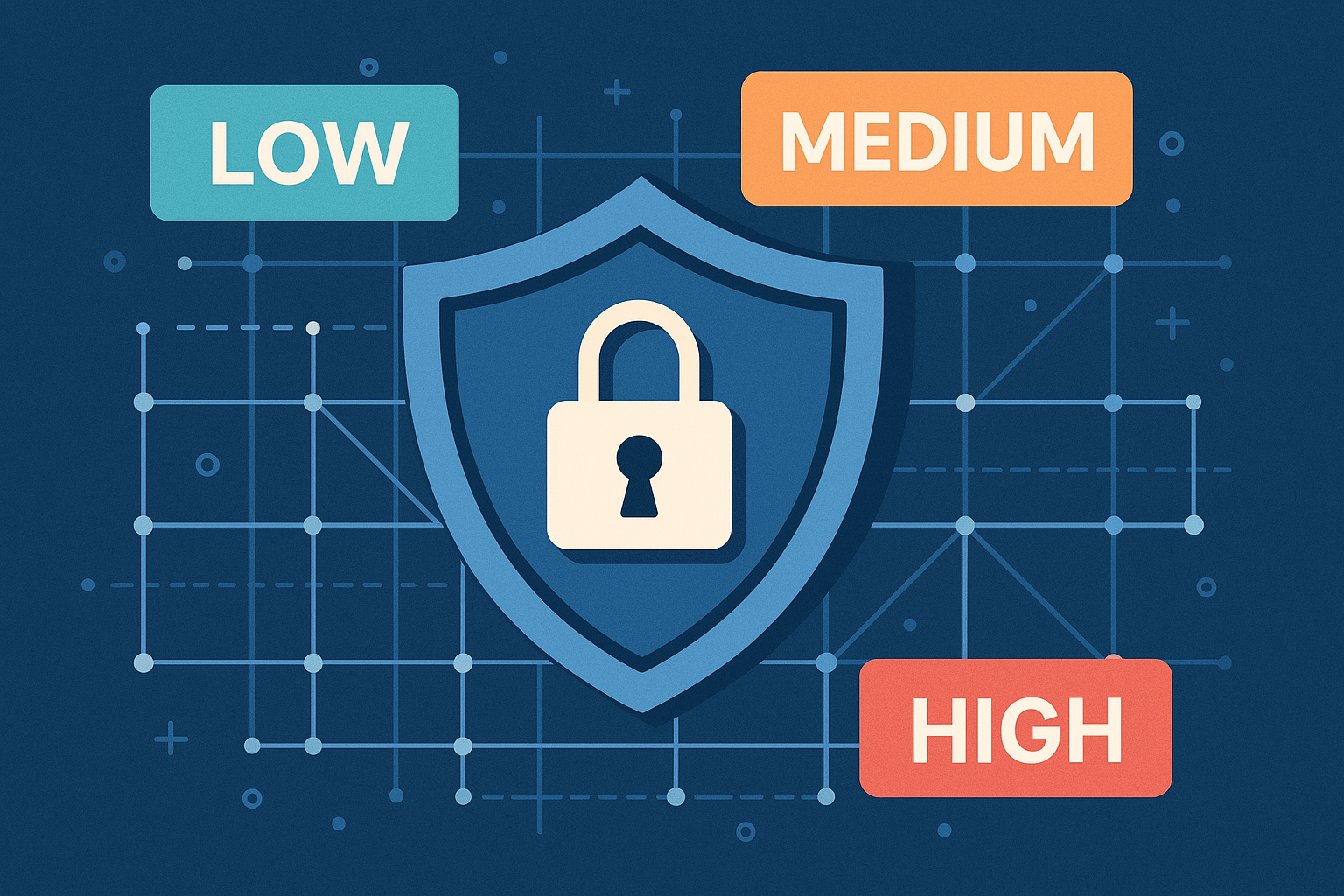Google Breach Puts 2.5 B Gmail Users at Risk – How to Stay Protected
Introduction
The news that a Google breach puts 2.5 B Gmail users at risk has sent shockwaves across the digital world. While Google has confirmed that no account passwords were leaked, the exposure of user data has created an opening for cybercriminals. Phishing emails, fake phone calls, and other social engineering scams are now being used to target unsuspecting users. Understanding what happened and how to respond is crucial for anyone who relies on Gmail for communication, storage, or business operations.
What Happened in the Google Breach
The breach originated when attackers gained access to a customer relationship management platform used by Google. This intrusion exposed contact details of Gmail users, including email addresses, phone numbers, and account recovery data. Although this may not seem as severe as a password leak, the sheer scale of 2.5 billion affected users makes it one of the largest security incidents in recent years. Due to such a vast number of Gmail users being at risk from the breach, concern has spread rapidly.
Hackers quickly shifted tactics, exploiting the stolen information to impersonate Google representatives. Their strategy has been simple yet effective: use the contact information to convince Gmail users that their accounts need urgent action, then trick them into handing over verification codes or login credentials.
How Scammers Are Exploiting the Breach
The most common scams emerging from this breach involve:
- Phishing emails that mimic Google’s branding and security alerts, warning of suspicious activity.
- Vishing calls where attackers pose as Google support agents, urging users to “confirm” account access.
- Spoofed caller IDs using the 650 area code, which is associated with Google’s headquarters, making the calls seem legitimate.
- Brute force attempts targeting weak Gmail passwords, combined with information already obtained in the breach.
These tactics have already resulted in many users being locked out of their accounts, losing access to emails, photos, and critical documents.
How Gmail Users Can Protect Themselves
While the breach itself cannot be undone, Gmail users can take several proactive steps to protect their accounts:
1. Enable Two-Step Verification
Turn on multi-factor authentication so that even if a password is stolen, an extra code or prompt is required to log in.
2. Strengthen Passwords
Avoid common or reused passwords. A password manager can generate and store unique, secure credentials for all accounts.
3. Use Google’s Security Checkup
Regularly review account permissions, login activity, and recovery options to detect unusual activity.
4. Switch to Passkeys or Security Keys
Passkeys and hardware security keys provide stronger protection than traditional passwords and are resistant to phishing.
5. Be Wary of Suspicious Calls and Emails
Google will never call you directly to request verification codes or passwords. Treat unsolicited recovery requests as suspicious, especially in light of the breach putting users globally at risk.
6. Join Google’s Advanced Protection Program
High-risk users such as business leaders, journalists, or activists can enroll in this program for extra security layers.
Why This Breach Matters on a Global Scale
The incident proves that even technology giants with advanced security systems are not immune to breaches. The fact that passwords were not exposed offers some reassurance, but the scale of the breach amplifies the risk. Considering that this Google breach has put so many Gmail users around the globe at risk, there is widespread impact.
With over 2.5 billion Gmail users worldwide, attackers have a massive pool of targets. Even if only a small percentage fall victim to scams, the financial and personal consequences could be significant. Furthermore, this event highlights the growing role of social engineering in modern cyberattacks, where tricking humans is often easier than bypassing encryption.
Lessons for Individuals and Businesses
- Stay proactive: Do not wait for security incidents to make changes.
- Educate employees: Businesses should train staff to recognize phishing and vishing attempts.
- Secure beyond email: Many users tie banking, shopping, and work accounts to Gmail, making it a central hub for identity and access.
- Monitor accounts regularly: Early detection of suspicious activity can minimize damage.
Conclusion
The reality that a Google breach puts 2.5 B Gmail users at risk is a stark reminder of how vulnerable personal and professional data can be. While Google works to patch vulnerabilities, the responsibility of protection ultimately lies with users. By enabling stronger security features, staying alert to scams, and practicing good digital hygiene, Gmail users can reduce their exposure to these growing threats.
In today’s connected world, vigilance is no longer optional—it is essential.




